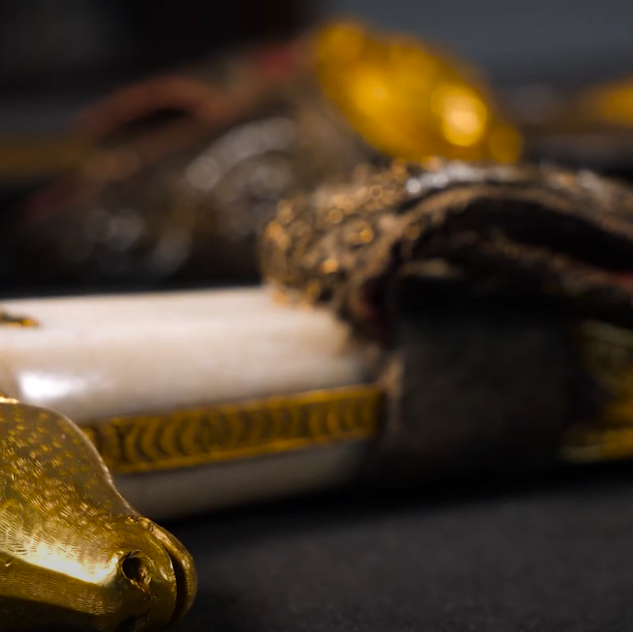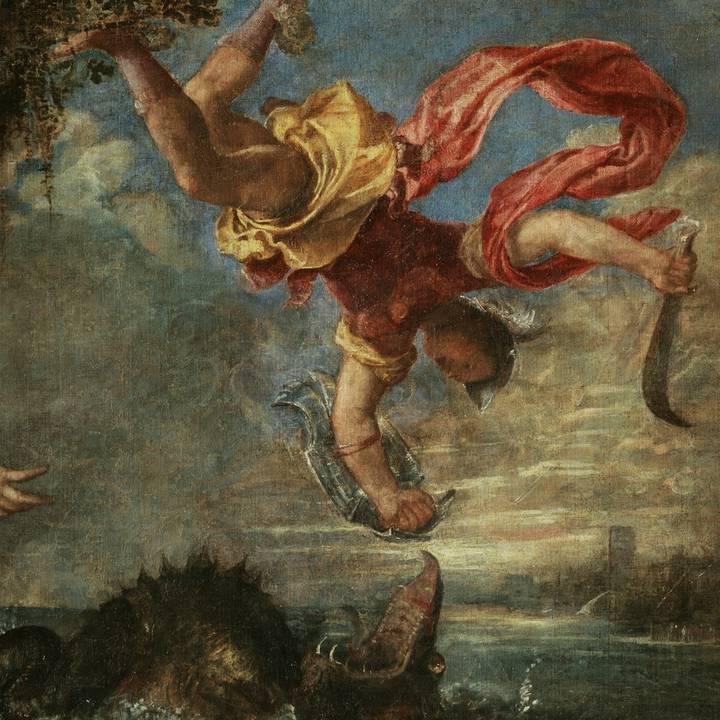FRANS HALS AND MALE PORTRAITURE
Frans Hals (c. 1582/83–1666), together with Rembrandt and Vermeer, is one of the greatest artists of the Dutch Golden Age. Yet, unlike Rembrandt who is celebrated in exhibitions multiple times a year, the last show on Hals in the UK was more than three decades ago.
The Wallace Collection’s current exhibition, Frans Hals: The Male Portrait, which runs from 22 September 2021 until 30 January 2022 in our temporary exhibition galleries, aims to redress this.
During the seventeenth century, Hals’s contemporaries praised him for painting lifelike portraits that seemed to ‘live and breathe’.
Hals’s portraits of men are particularly vivid; they have a certain vitality and presence unique in portraiture at the time.
The present exhibition brings together a fine selection of Hals’s best male portraits from across his long career spanning more than fifty-five years. In doing so, the exhibition contextualises Hals’s most iconic — and the Wallace Collection’s most beloved — painting, The Laughing Cavalier, within the artists larger oeuvre for the first time.
It explores how through pose, fashion and painting technique Hals revolutionised the male portrait into something new and fresh, capturing and revealing his sitters’ characters like no one else before him.
Hals’s portraiture is intimately linked with the port city of Haarlem in which he lived and worked.
Hals’s patrons were predominantly from the city’s elite; they were members of the militia, burgomasters, wealthy merchants and tradesmen. Several were brewers and cloth merchants, with brewing and textiles being Haarlem’s main areas of commercial production.
In the late sixteenth century, Haarlem saw an exodus of Flemish migrants from the Southern Netherlands, then under Spanish rule, who fled religious persecution. Hals’s own family moved to Haarlem from Antwerp when he was just three years old.
He remained in the city his entire life apart from one trip to Antwerp in 1616 where he would have seen works by the great Flemish master Peter Paul Rubens and by the young Anthony van Dyck.
In 1610, when Hals came onto the artistic scene, Haarlem was a cosmopolitan city and vibrant artistic centre.
Hals worked mainly as a portraitist but also painted genre scenes and a few religious works. Despite a long and successful career, he fell into obscurity after his death in 1666.
Hals was accused of dissolute living and his paintings were criticised for appearing unfinished.
Hals married twice and had twelve children. He lived in several rented accommodation across the city and struggled financially throughout his life, probably due to the difficulty of supporting such a large family.
However, his reputation was revived during 1860s in Paris, not least due to the historic purchase of The Laughing Cavalier by the 4th Marquess of Hertford, one of the founders of the Wallace Collection, who paid more than six times the estimate for the picture in 1865.
Hals was greatly admired by the Impressionists and Post-Impressionists who lauded his bravura painting technique and considered him their precursor.
Hals infused his male portraits with a casual informality rarely found in extant portraits.
In the case of the wealthy silk merchant, Isaac Massa, it is as if we are in the unguarded company of a friend. This led some to erroneously suggest that this is a self-portrait of the artist.
Hals positioned Massa with his arm draped over the back of a chair. Massa’s fleeting expression with his lips parted as if mid-speech and his eyes cast on something outside the painting give a sense of familiarity with and proximity to the sitter.
The red-cheeked, healthy-looking brewer, Nicolaes van Voorhout, portrayed by Hals at age thirty-six, is posed in the extreme foreground of the picture plane in close proximity the viewer.
Van Voorhout inherited his family’s business, a brewery in Haarlem called the Swan’s Neck, and also collected works of art. His sumptuous fine silk doublet, although understated in colour, dazzles with painterly flourishes.
His broad collar perfectly accommodates his long hair. With his left arm akimbo, a bold pose Hals often employed known as the ‘Renaissance Elbow’, the sitter’s assertive body language simultaneously conveys authority and casualness.
Willem Coymans was probably one of the most eligible young bachelors in the Dutch Republic at mid-century. He came from a wealthy banking family; Hals portrayed several members of his prominent and influential family.
Willem’s portrait exudes an aura of extreme refinement paired with utmost casualness.
He sports the latest French fashions consisting of a lavish gold-embroidered doublet with a single open seam and a fantastic pompom on the brim of his hat.
Less bound by convention, young bachelors such as Willem seem to have had more freedom in their portrayals and choice of dress.



